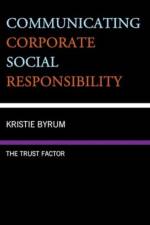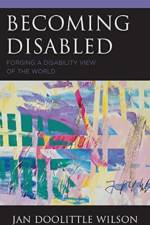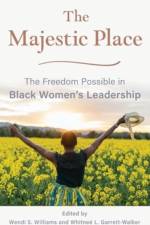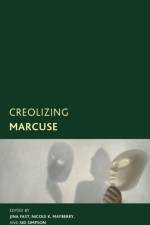461
A Critical Companion to Christopher Nolan provides a wide-ranging exploration of Christopher Nolan's films, practices, and collaborations. From a range of critical perspectives, this volume examines Nolan's body of work, explores its industrial and economic contexts, and interrogates the director's auteur status. This volume contributes to the scholarly debates on Nolan and includes original essays that examine all his films including his short films. It is structured into three sections that deal broadly with themes of narrative and time; collaborations and relationships; and ideology, politics, and genre. The authors of the sixteen chapters include established Nolan scholars as well as academics with expertise in approaches and perspectives germane to the study of Nolan's body of work. To these ends, the chapters employ intersectional, feminist, political, ideological, narrative, economic, aesthetic, genre, and auteur analysis in addition to perspectives from star theory, short film theory, performance studies, fan studies, adaptation studies, musicology, and media industry studies.






























